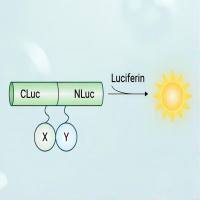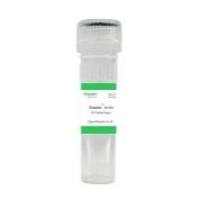Intravascular Ultrasound Imaging in the Quantitation of Atherosclerosis in Vivo
互联网
295
A number of imaging modalities have been used for evaluating the severity of atherosclerotic lesions in vivo. X-ray angiography, using iodine contrast agent, has been the standard imaging technique so far, in spite of its limitations. The severity of lumen-narrowing lesions is generally underestimated in X-ray angiography when compared to operative and histological findings, especially in cases of diffuse atherosclerosis or concentric stenosis. Because of compensatory enlargement of the vessel, human atherosclerotic plaques do not encroach on the lumen until the lesion occupies up to 40% of the combined arterial wall and lumen volume (1 ). Contrast angiography provides only indirect signs of atherosclerosis on the basis of analysis of the longitudinal silhouette of the vessel lumen, but does not give information about the structure of the vessel wall or morphology of the atherosclerotic lesions, with the exception of heavy calcifications. Magnetic resonance angiography (MRA) is already competing with X-ray angiography in many clinical applications (2 ). Preliminary data have suggested that magnetic resonance imaging (MRI) is able to provide information about the vessel wall and plaque characteristics ex vivo (3 ,4 ) and in vivo (5 ), but poor spatial and temporal resolution impairs thus far the utility of MR techniques in quantitation of atherosclerosis in animal models (6 ,7 ).








